This article was co-authored by Roy Nattiv, MD. Dr. Roy Nattiv is a Board-Certified Pediatric Gastroenterologist in Los Angeles, California. With over 20 years of experience he specializes in a broad range of pediatric gastrointestinal and nutritional illnesses such as constipation, diarrhea, reflux, food allergies, poor weight gain, SIBO, IBD, and IBS. He completed his pediatric residency at the Children’s Hospital at Montefiore, Albert Einstein College of Medicine in New York, and his fellowship at the University of California, San Francisco (UCSF). While at UCSF, he was a California Institute of Regenerative Medicine (CIRM) fellowship trainee and was awarded the North American Society for Pediatric Gastroenterology, Hepatology, and Nutrition (NASPGHAN) Fellow to Faculty Award in Pediatric IBD Research. Dr. Nattiv received his undergrad degree from the University of California, Berkeley, and his medical degree (MD) from the Sackler School of Medicine in Tel Aviv, Israel.
There are 17 references cited in this article, which can be found at the bottom of the page.
This article has been viewed 353,743 times.
Sometimes, if you need to go to the bathroom, there might not be an available one. You have no choice but to hold it. It's a difficult situation to be in, but it is manageable. You can take a few steps to hold it in, but the best option is to get to a bathroom as soon as you can. You can also try eating or avoiding certain foods to help you get on a schedule. If your issue is you don't like going in public places, you can take a few steps to address that issue so you feel more comfortable.
Steps
Holding It in for the Short Term
-
1Tighten your sphincter. The external sphincter is what controls whether you will go to the bathroom or not. Normally, you'll tighten this muscle without even thinking about it when you need to go, but you may find squeezing your anal cheeks together also helps. Another tip is to not stand up if you are really pressed but can't go anywhere since that'll make the poop want to come out more. [1]
- Clench until the urge to go to the bathroom goes away. Don't clench too hard though.
-
2Avoid exercising or moving around too much. Exercise tends to get things moving, partially due to the way it jostles your organs around. Instead, try to keep as still as possible to hold it in. Sitting down may also help.Advertisement
-
3Work on Kegel exercises. Kegel exercises can help strengthen your anal muscles, which in turn can help you hold in your poop.[2] To do these exercises, you tighten and hold your pelvic floor muscles and then release.[3]
- To make sure you're using your pelvic floor muscles, stop urinating in the middle of going. Those muscles are the ones you need to work. However, don't make a habit of stopping your urination in the middle of going, as it can be detrimental. Just do it once or twice to get an idea of what muscles you need to use.
- For men, try holding for 3 seconds and then releasing for 3 seconds, working on a set of 10.[4] For women, hold for 5 seconds, and release for 5 seconds, repeating for a set of 10. Both men and women should do a set of 10 3 times a day.
-
4Use loperamide. This over-the-counter drug, commonly known as Immodium, can help stop you up when you have diarrhea. Take as directed on the back of the bottle, and keep in mind that you can become constipated if you use this drug too much. Don't take too much though.[5]
- It's best to avoid this drug while pregnant or nursing. Kids 6 and older can safely take a kid's version of this medication.[6]
-
5Take bismuth subsalicylate. Another over-the-counter option for slowing down diarrhea is bismuth subsalicylate, also known as Pepto Bismol or Kaopectate. Take this medication in liquid or pill form, depending on your preference.[7]
- It's best to avoid this and other drugs while pregnant, though talk to your doctor if you're having an issue.[8]
Eating the Right Foods at the Right Times
-
1Arrange your schedule, so you're going at an appropriate time. Many people have to go in the morning after they've had a cup of coffee or eaten. If you want to hold it in because you're at work, try getting up earlier and eating at home. That way, you'll be able to go to the bathroom in the comfort of your own home before leaving for work.[9]
-
2Eat bread, to help tighten your bowel movements. Bread is low on the fiber list, particularly white bread.[10] It can help if you have diarrhea, for instance. Be careful not too eat too much, though, as it can stop you up.[11]
- Eating high-fiber foods can increase your need to go, so if you're trying to slow down, skip high-fiber foods like whole-wheat bread. White bread is low in fiber since it's not made with whole wheat.
-
3Skip alcohol when you know you may have issues. If you're running to the bathroom too often, it's best to avoid drinking alcoholic beverages. It can cause diarrhea, as well as bloating, so you'll be going more often, not less.[12]
-
4Avoid high-fiber foods when you need to go. High-fiber foods include foods like fruits, veggies, and whole grains.[13] The fiber in these foods can get your bowels moving, so if you're trying to hold it, skip these foods if at all possible.
- Keep in mind that this is only a temporary fix. In general, eating high fiber foods is a good thing, and it can keep you from becoming constipated. In fact, constipation can cause you to have problems holding it.[14]
-
5
-
6
Working on a Fear of Going in a Public Place
-
1Hide the noise. If you're one of those people who don't like being heard in the bathroom, you can do a few things to hide the sounds. If you're at someone's house, try turning on the water. Another option is to place toilet paper in the toilet bowl, so you don't get a splashing sound. coughing as soon as it drops is another idea. [19]
-
2Flush after each round. To cut down on the smell, try flushing after each time you let one go. This process will also hide some of the sounds of going. Keep in mind, though, that this trick can splash water on you.[20]
-
3Spray the area down. If part of your fear comes from the smell, use a spray. Try a before-you-go spray that you spritz on the top of the water before defecating. The spray decreases the smell, so it won't give you away.
-
4Remind yourself that this is a natural occurrence. Everyone poops. Sometimes, you may feel embarrassed by defecating in public or around a significant other. However, remind yourself that everyone has to do it, including the most sophisticated person you can think of. It's a fact of life, and reminding yourself of that fact can make it less embarrassing.
Warnings
- If you try to hold your poop in too often, it can lead to problems like constipation and even leakage problems.⧼thumbs_response⧽
- Do not sit on someone's lap while holding in your poop. This could lead to plenty of awkward situations.⧼thumbs_response⧽
References
- ↑ https://www.sharecare.com/health/digestive-health/how-can-i-have-normal-bowel-movements
- ↑ https://www.niddk.nih.gov/Dictionary/K/Kegel-exercises
- ↑ http://www.mayoclinic.org/healthy-lifestyle/womens-health/in-depth/kegel-exercises/art-20045283
- ↑ http://www.mayoclinic.org/healthy-lifestyle/mens-health/in-depth/kegel-exercises-for-men/art-20045074
- ↑ https://www.niddk.nih.gov/health-information/digestive-diseases/bowel-control-problems-fecal-incontinence/treatment
- ↑ http://www.medicinesinpregnancy.org/Medicine--pregnancy/Loperamide/
- ↑ https://www.niddk.nih.gov/health-information/digestive-diseases/bowel-control-problems-fecal-incontinence/treatment
- ↑ https://www.imodium.com/diarrhea-treatment/who-can-use-imodium
- ↑ https://www.womenshealthmag.com/health/poop-schedule
- ↑ Roy Nattiv, MD. Board Certified Gastroenterologist. Expert Interview. 14 October 2020.
- ↑ https://www.thrillist.com/health/nation/foods-that-make-you-poop-help-you-poop-or-not-poop
- ↑ https://www.thrillist.com/health/nation/foods-that-make-you-poop-help-you-poop-or-not-poop
- ↑ Roy Nattiv, MD. Board Certified Gastroenterologist. Expert Interview. 14 October 2020.
- ↑ https://www.mayoclinic.org/diseases-conditions/fecal-incontinence/manage/ptc-20166834
- ↑ Roy Nattiv, MD. Board Certified Gastroenterologist. Expert Interview. 14 October 2020.
- ↑ https://newsnetwork.mayoclinic.org/discussion/mayo-clinic-q-and-a-causes-of-fecal-incontinence-vary-but-treatment-is-available/
- ↑ Roy Nattiv, MD. Board Certified Gastroenterologist. Expert Interview. 14 October 2020.
- ↑ https://www.ncbi.nlm.nih.gov/pmc/articles/PMC3571647/
- ↑ https://www.teenvogue.com/story/anxiety-pooping-in-public
- ↑ https://www.teenvogue.com/story/anxiety-pooping-in-public
About This Article
To hold your poop in, squeeze your cheeks together as you clench the muscles in your bottom. Additionally, be as still as you can, since movement jostles your organs and makes the urge to go stronger. For longer-term control, do Kegel exercises to strengthen the anal muscles that hold poop in. Just tighten and hold your pelvic floor for 3-5 seconds, as if you were trying to stop peeing mid-stream, before you release for another 3-5 seconds. Doing 3 sets of 10 Kegels each day will improve your control. For information on how what you eat and drink can make it easier for you to control when you have to go, read on!
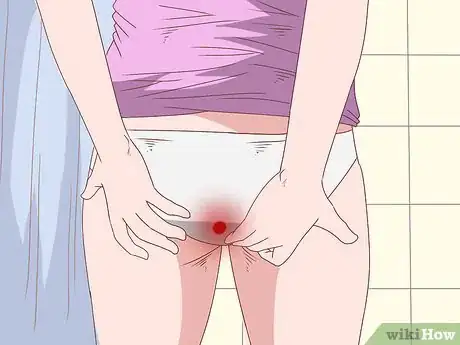

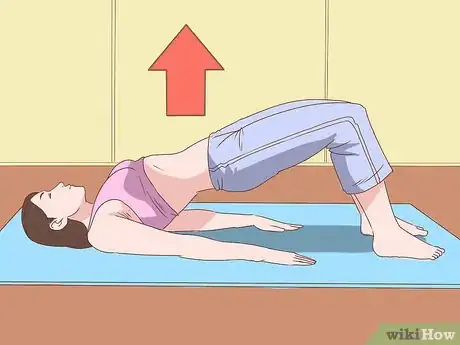

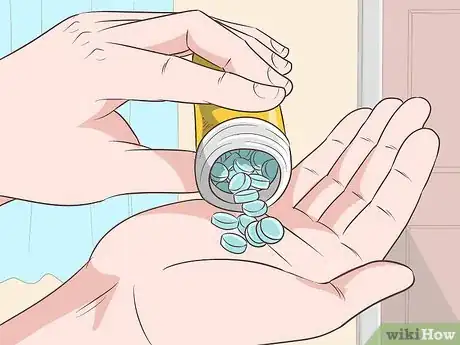
-Step-1-Version-5.webp)
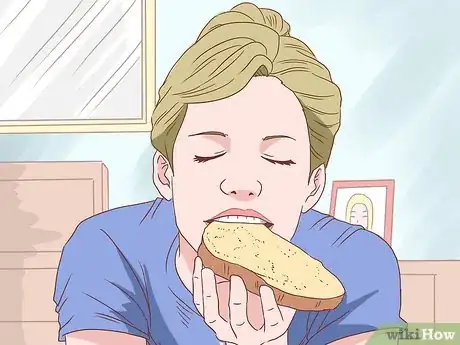


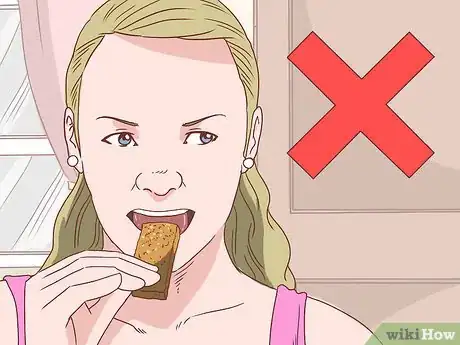

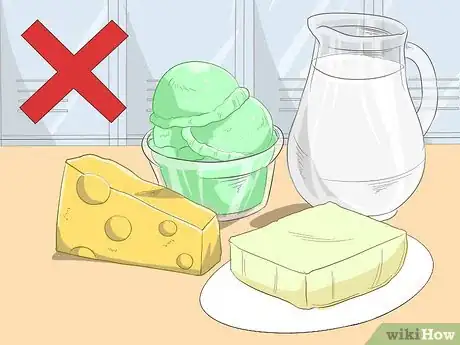
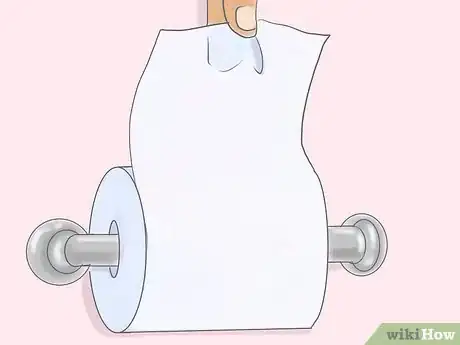
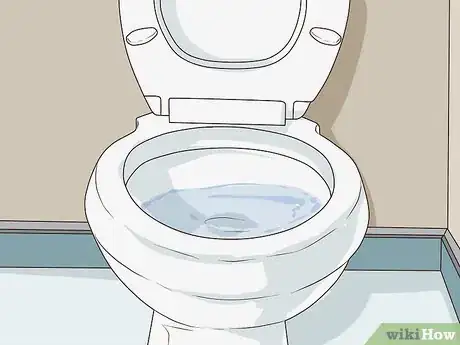

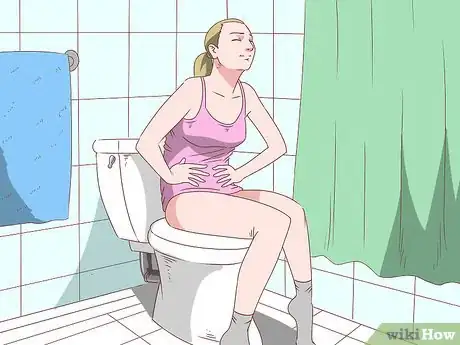

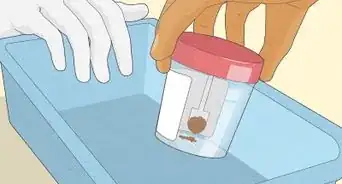







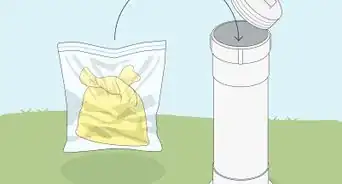















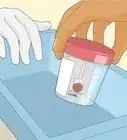





































Medical Disclaimer
The content of this article is not intended to be a substitute for professional medical advice, examination, diagnosis, or treatment. You should always contact your doctor or other qualified healthcare professional before starting, changing, or stopping any kind of health treatment.
Read More...